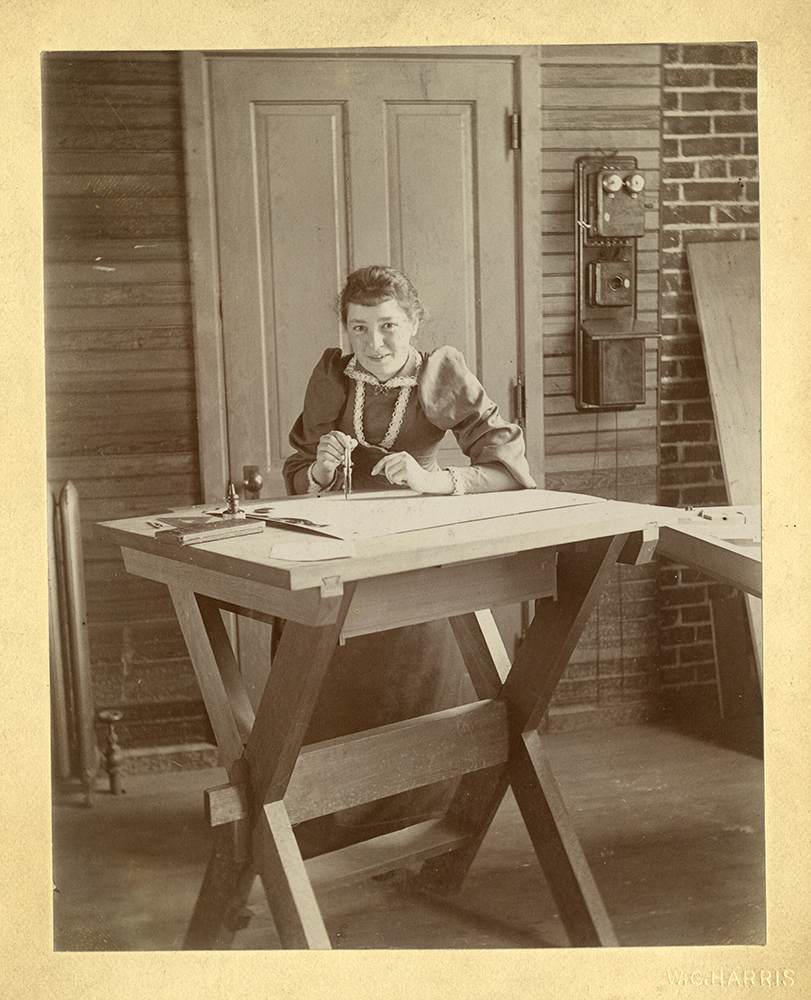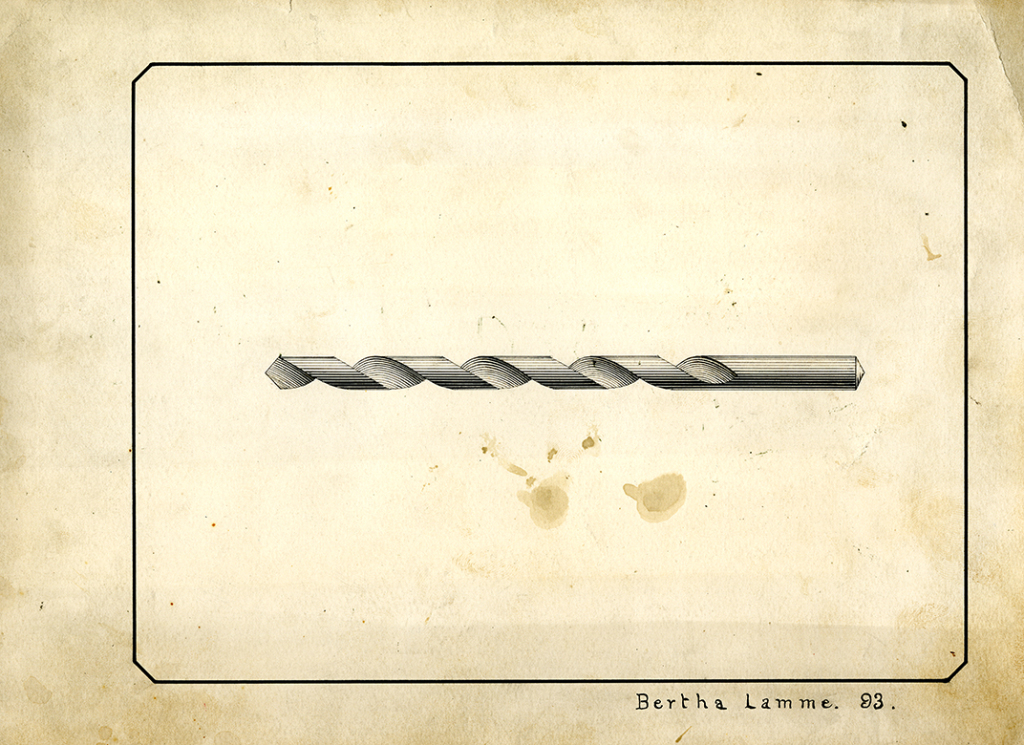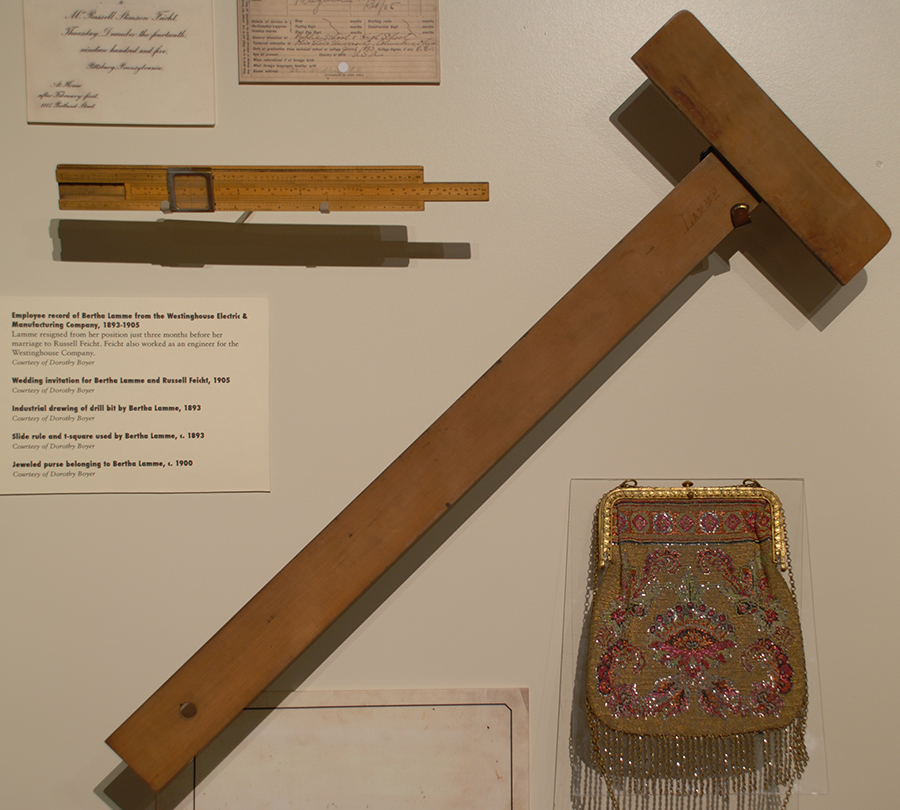Women’s History Month: Bertha Lamme
Trailblazer with a Slide Rule

As recently as 1980, only about six percent of engineers in the U.S. were women. That number has improved significantly today, but there is still only one woman for every four men working in the field. These statistics make the accomplishments of Bertha Lamme all the more remarkable.
Lamme blazed new trails when she accepted a job as an engineer with the Westinghouse Electric & Manufacturing Company.
In 1896, the New York Herald called her the “only woman electrical engineer in the country,” reporting on her attendance at a national convention.
The Chicago publication Young People’s Weekly described her in 1907 as a “slide rule phenomenon” for her abilities as a mathematician and calculator.
Lamme came to Pittsburgh to work for George Westinghouse several months after her 1893 graduation from Ohio State University. Her thesis, “An Analysis of Tests of a Westinghouse Railway Generator,” familiarized her with the company, as did her brother, Benjamin Lamme, who had worked first for The Philadelphia Company, Westinghouse’s natural gas concern. Later he became an engineer, and eventually chief engineer for the company. At his retirement, he held 162 patents with the Electric Company.
Lamme worked at Westinghouse for 12 years doing intricate calculations on machinery design and performance. There is also some indication from period reports that she designed, drafted, and possibly invented electrical machinery.

Despite her equality among engineers, however, some traditions of the day remained steadfast. Lamme resigned from her position in October of 1905, just months before she married fellow Westinghouse engineer Russell Feicht. (Their wedding invitation is on display in the Pittsburgh: A Tradition of Innovation exhibition.)
Though she never returned to work, Lamme’s scientific prowess was inherited by daughter Florence, who worked as a physicist for the Bureau of Mines. Today, more than 120 years after Lamme applied her slide rule at work, her accomplishments in the field seem all the more remarkable and relevant as women struggle for equal footing in the discipline of engineering.

